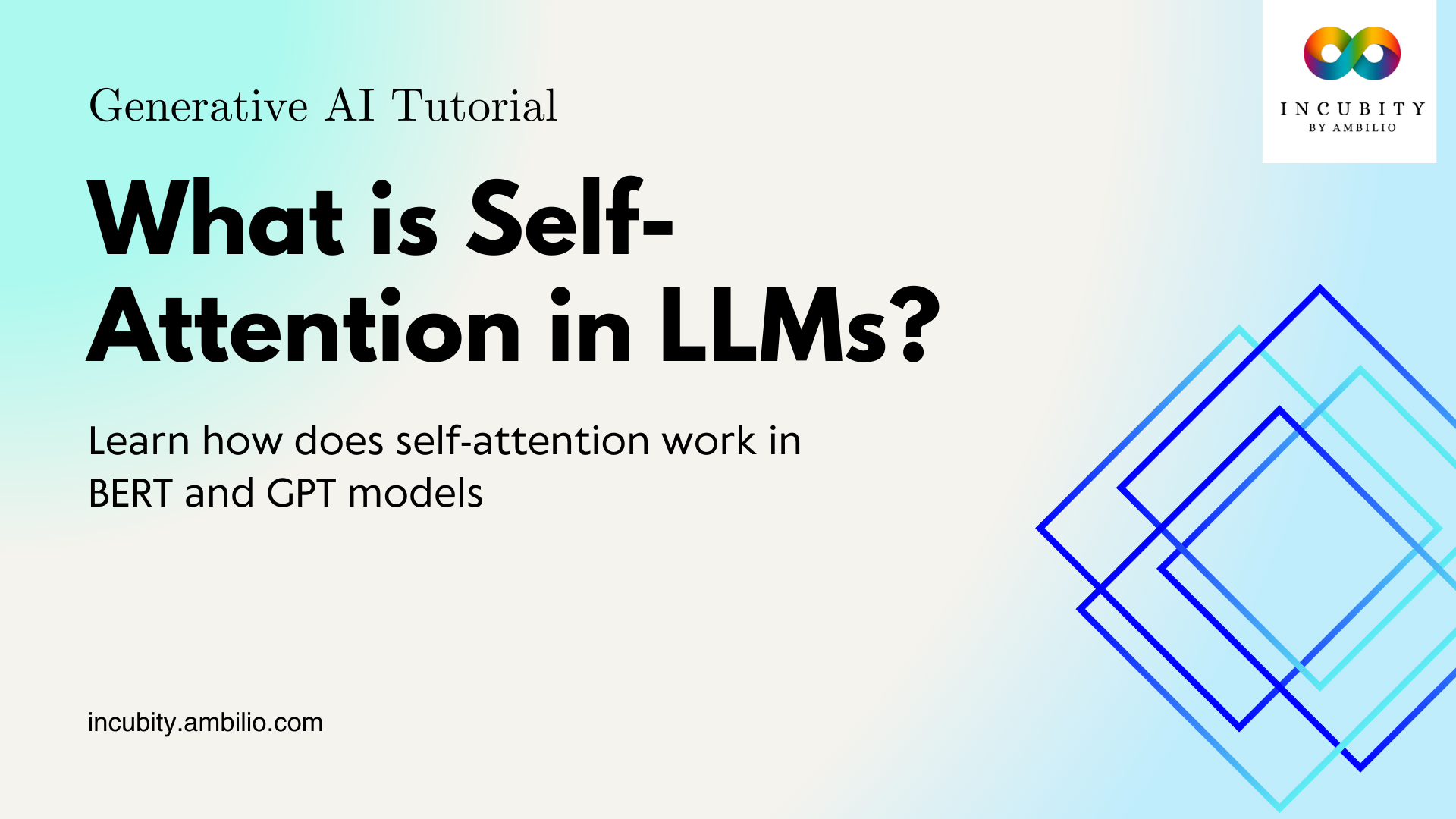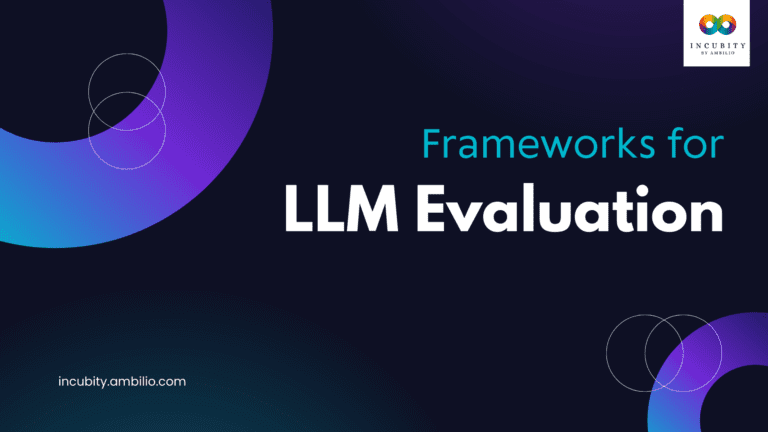In recent years, Transformer-based large language models have emerged as the cornerstone of natural language processing (NLP) research and applications. These models, such as BERT (Bidirectional Encoder Representations from Transformers) and GPT (Generative Pre-trained Transformer), have demonstrated exceptional performance across a wide range of NLP tasks, including text classification, language translation, and text generation. At the heart of their success lies a fundamental mechanism known as self-attention. In this article, we delve into the intricate workings of self-attention and its indispensable role in empowering Transformer-based models to achieve state-of-the-art performance in NLP.
What is Self-Attention?
Self-attention, also referred to as intra-attention, is a mechanism that allows a model to weigh the importance of different elements within an input sequence by computing the relevance of each element to every other element. Unlike traditional recurrent neural networks (RNNs) or convolutional neural networks (CNNs), which process input sequences sequentially or locally, self-attention enables parallel computation and captures long-range dependencies within sequences, making it particularly well-suited for NLP tasks.
Components of Self-Attention
The self-attention mechanism comprises the following components.
Query, Key, Value (QKV) Representation
At the heart of self-attention lies the concept of QKV representation. Each input token in the sequence is transformed into three distinct vectors: query (Q), key (K), and value (V). These vectors are obtained through linear projections of the input embeddings into three separate spaces: query space, key space, and value space, respectively. This transformation allows the model to analyze the relationships between tokens and capture their contextual information.
Attention Computation
Once the Q, K, and V vectors are computed, attention scores between tokens are calculated using a dot product operation between the query and key vectors. The resulting attention scores represent the similarity or relevance between tokens, indicating the degree of attention each token should receive relative to others in the sequence.
Weighted Sum
Following the computation of attention scores, a softmax function is applied to normalize these scores, resulting in attention weights. These attention weights determine the importance of each token’s value vector relative to the current token. Finally, a weighted sum of the value vectors, using the computed attention weights, generates a contextually enriched representation for the current token.
Role of Self-Attention in Large Language Models
Self-attention plays a crucial role in empowering Transformer-based large language models to achieve remarkable performance in NLP tasks. Here’s how:
Capturing Long-Range Dependencies:
One of the key strengths of self-attention is its ability to capture long-range dependencies within input sequences. Unlike traditional sequential models, which may struggle to capture dependencies beyond a fixed window, self-attention allows the model to consider the context of each token in relation to others across the entire sequence. This capability is particularly important in NLP tasks where understanding the context of a word or phrase is essential for accurate processing, such as machine translation and sentiment analysis.
Efficient Information Processing:
Self-attention enables efficient parallel processing of information within input sequences. By attending to different parts of the sequence simultaneously, the model can encode global context into representations that can be utilized for downstream tasks. This parallel processing mechanism enhances the model’s ability to capture complex relationships between words or sentences, making it highly effective in capturing nuances in language and generating coherent outputs.
Self-Attention in BERT and GPT Models
Both BERT and GPT, two of the most prominent Transformer-based language models, leverage self-attention in their architectures. Here’s how they utilize self-attention:
BERT (Bidirectional Encoder Representations from Transformers)
BERT utilizes masked self-attention within its encoder stacks. During training, BERT masks out certain tokens to prevent the model from accessing future information, ensuring that each token’s representation incorporates information from its surrounding context. This bidirectional nature of BERT’s self-attention mechanism allows it to capture contextual relationships between words without relying on recurrence or convolutional layers.
GPT (Generative Pre-trained Transformer)
In contrast, GPT employs self-attention in its decoder stacks. During training, GPT predicts the next word in a sequence based on the preceding words, with self-attention capturing dependencies across the generated text. This autoregressive nature of GPT’s self-attention mechanism enables it to generate coherent and contextually relevant text continuations.
Conclusion
In conclusion, the self-attention mechanism serves as a foundational building block in Transformer-based large language models, enabling them to comprehend and generate natural language with unparalleled accuracy and fluency. By capturing long-range dependencies and facilitating efficient information processing, self-attention empowers these models to excel across a wide range of NLP tasks. As research in the field of NLP continues to evolve, self-attention is poised to remain a key area of focus, driving further innovations in language understanding and generation.







